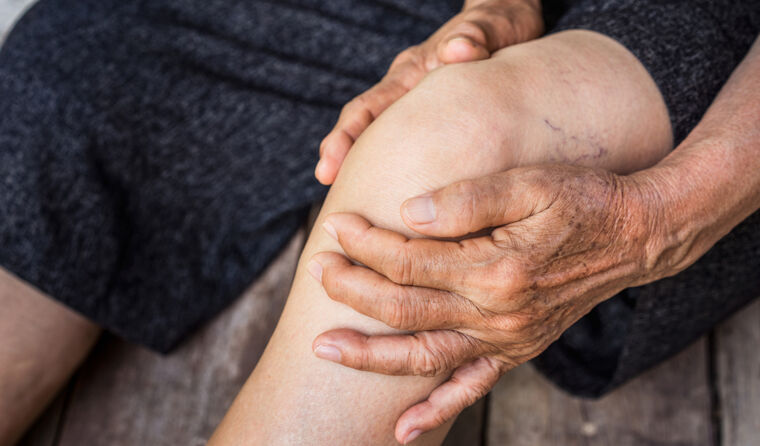Peking University, March 4, 2022: Osteoarthritis cases have increased significantly around the world in the past three decades and the burden on health systems is likely to rise further, newly published research suggests.
The greatest number of osteoarthritis cases were reported in the knee, accounting for more than three in every five cases globally.
A peer-reviewed paper published this week in the American Journal of Arthritis & Rheumatology analysed data gathered by the 2019 Global Burden of Disease study.
It found that osteoarthritis cases increased from 247.51 million in 1990 to 527.81 million in 2019, a rise of 113%.
In Australasia the increase was slightly higher at 116%, from an estimated 1.76 million cases in 1990 up to 3.8 million.
The researchers, from the Capital Medical University and Peking University in Beijing, suggest an expanding population, greater life expectancy and rising obesity rates are all playing a part in the increase.
The study reports that the rate of growth in case numbers exceeds the 45% increase registered for the global population during the same period, while the proportion of people aged 60 years went up from an estimated 9.2% in 1990 to approximately 13.5% in 2019.
Every country in the world except Russia saw a higher number of people as a proportion of the population affected by the disease in 2019 than in 1990, the researchers found.
The global age-standardised rate (ASR) stood at 6173 per 100,000 in 1990, and 6348 per 100,000 in 2019, according to the study.
The ASR in Australasia was significantly higher than the global average researchers found, at around 8340 per 100,000.
The highest rate was seen in the US (9961 per 100,000 in 2019), and the lowest in Timor-Leste (3768 per 100,000).
The study also considered the number of cases alongside the socio-demographic profile of each country, suggesting a correlation between high income countries and how common the condition is.
‘A high prevalence of osteoarthritis was observed in countries with a high socio-demographic index level, such as Republic of Korea and USA, and a non-negligible explanation comes from an increasing life expectancy,’ the study reads.
By far the greatest number of osteoarthritis cases were reported in the knee, accounting for more than three in every five cases globally, followed by the hand (23.7%), other sites (10.2%), and hip (5.5%).
There were also significantly more cases affecting women (317.44 million worldwide in 2019) compared to men (210.37 million).
Osteoarthritis was the 17th most common chronic condition worldwide according to the Global Burden of Disease study in terms of prevalent cases and was 19th for age-standardised prevalence.
The specific numbers for Australia were not published in the study. However, the National Health Survey results for 2017–18 reported an estimated 3.6 million Australians with arthritis, a 15% increase in a decade.
Of those, the majority are likely to be osteoarthritis, the most common form of arthritis.
One of the authors of the study warned that the number of people suffering from the condition is likely to rise further.
‘The disease burden of osteoarthritis is formidable,’ co-senior author Dr Jianhao Lin of Peking University People’s Hospital said.
‘Due to population expansion, ageing, and the epidemic of obesity, one would expect such a burden would increase in the near future.’
Dr Lin said intervention measures, including steps to reduce obesity, prevent knee injuries and avoid repetitive joint loading activities, could help ease the strain on healthcare systems.
‘In addition, exercise therapy could delay functional loss and should be recommended as core treatment for knee osteoarthritis,’ he said.
The authors appeal for ‘education programs on disease progression, the sequelae, early treatment methods, and rehabilitations of osteoarthritis’.
The study highlights there is currently no non-surgical treatment that can prevent or slow the progression of osteoarthritis – and that existing therapies have potential drawbacks.
‘Moreover, available medications, such as non-steroidal anti-inflammatory drugs … have been associated with a clinically relevant 50–100% increase in the risk of myocardial infarction or cardiovascular death,’ the study reads.
‘Therefore, the public, healthcare providers, and policymakers should be aware of the heavy burden of osteoarthritis.’
The study authors cite previous research estimating around 1–2.5% of national gross domestic product can be attributed to the medical costs of osteoarthritis, without considering other costs such as absence from work and enforced early retirement.
